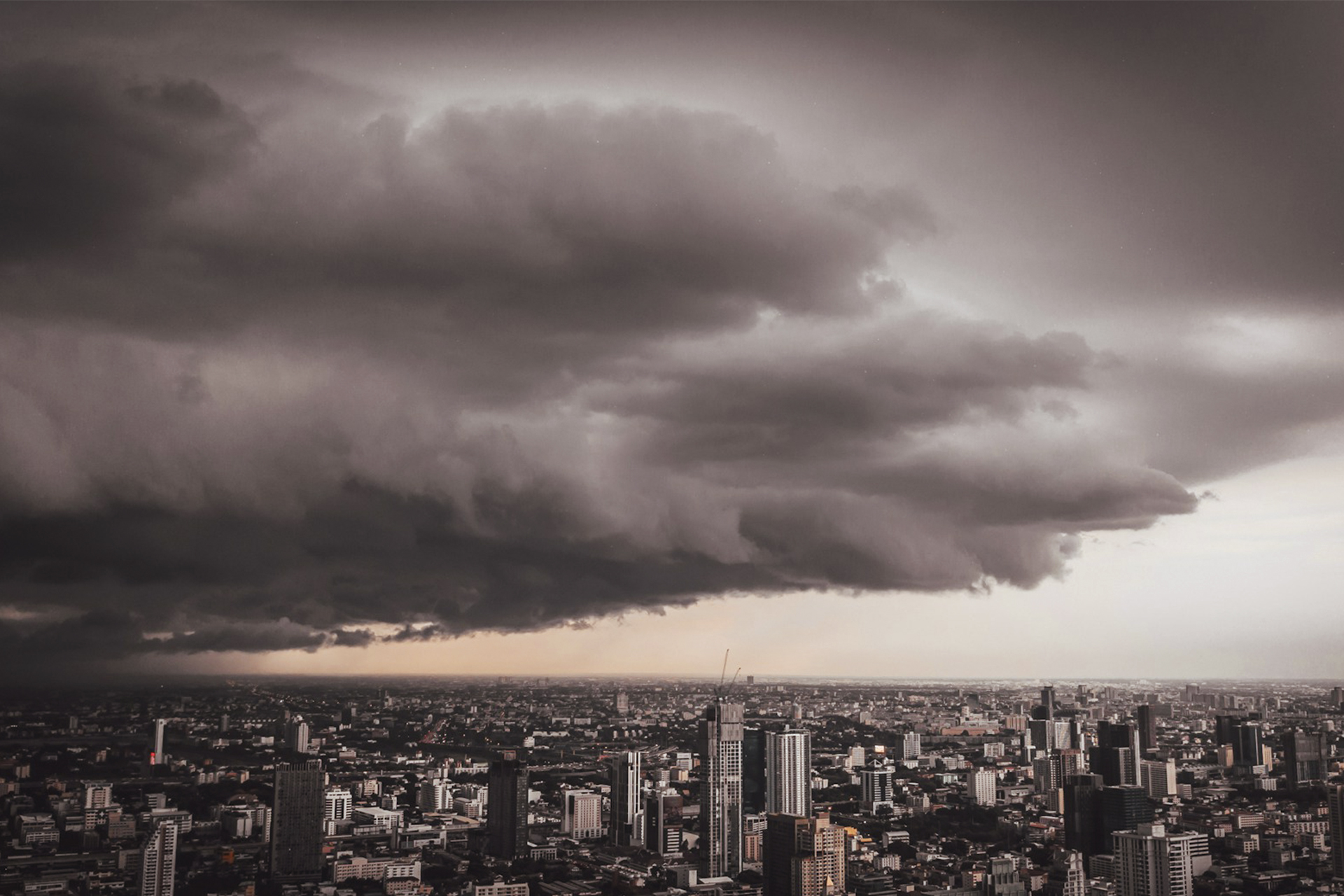Why Insurers Fear the World Is Becoming Uninsurable

Why Insurers Fear the World Is Becoming Uninsurable
Insurers warn that escalating climate-related risks and growing coverage gaps may soon render large regions of the world uninsurable.
Rising catastrophe costs and warming trends demand urgent adaptation—or financial markets and livelihoods may unravel.
Rising catastrophe costs and warming trends demand urgent adaptation—or financial markets and livelihoods may unravel.
Massive Uninsured Losses
In 2023, natural disasters caused economic losses of approximately $290 billion, yet about 62% remained uninsured globally; in regions like Africa, as little as 0.5% were covered by insurance.
Mounting Insured Losses in 2025
In the first half of 2025, global insured losses from catastrophes reached $80 billion, nearly double the ten-year average.
In 2023, natural disasters caused economic losses of approximately $290 billion, yet about 62% remained uninsured globally; in regions like Africa, as little as 0.5% were covered by insurance.
Mounting Insured Losses in 2025
In the first half of 2025, global insured losses from catastrophes reached $80 billion, nearly double the ten-year average.

Why Insurers Fear the World Is Becoming Uninsurable
Reductions in Coverage
Recent wildfires in Los Angeles illustrate an emerging trend: insurers withdrawing from high-risk areas, leaving homeowners reliant on financially strained state safety-net programs
Systemic Insurability Threat
An executive at Allianz cautioned that rising temperatures—beyond thresholds like 1.5°C to 3°C—could push risk levels beyond the point where premiums remain affordable, making regions uninsurable. He added that when insurance collapses, entire financial markets may unravel.
Recent wildfires in Los Angeles illustrate an emerging trend: insurers withdrawing from high-risk areas, leaving homeowners reliant on financially strained state safety-net programs
Systemic Insurability Threat
An executive at Allianz cautioned that rising temperatures—beyond thresholds like 1.5°C to 3°C—could push risk levels beyond the point where premiums remain affordable, making regions uninsurable. He added that when insurance collapses, entire financial markets may unravel.
Near-Exceedance of Critical Threshold
Scientists report Earth is likely to surpass the 1.5°C global warming threshold by 2028, increasing the risk of crossing climate tipping points.
Historic Temperature Peaks
July 2025 marked the third-hottest July on record, with global surface air temperatures about 1.25°C above preindustrial levels, and a 12-month average of 1.53°C, already above the Paris Agreement’s 1.5°C goal.
The insurance protection gap is not just a failing of product design—it reflects deeper issues in climate resilience and public policy. As catastrophes become more frequent and severe, insurance becomes both more expensive and less available. The situation spirals: governments, companies, and individuals face potentially catastrophic economic burdens.
Scientists report Earth is likely to surpass the 1.5°C global warming threshold by 2028, increasing the risk of crossing climate tipping points.
Historic Temperature Peaks
July 2025 marked the third-hottest July on record, with global surface air temperatures about 1.25°C above preindustrial levels, and a 12-month average of 1.53°C, already above the Paris Agreement’s 1.5°C goal.
Author’s Analysis
Insurers are under existential pressure. When environmental shock becomes the norm, the essential function of underwriting risks destabilizes. Without affordable coverage, financial services—from mortgages to trade finance—become perilous, threatening the foundations of capitalism.The insurance protection gap is not just a failing of product design—it reflects deeper issues in climate resilience and public policy. As catastrophes become more frequent and severe, insurance becomes both more expensive and less available. The situation spirals: governments, companies, and individuals face potentially catastrophic economic burdens.
Crossing 1.5°C warming is not a distant abstraction—it is happening now. Every fraction above intensifies systemic risks. Insurance markets may collapse under repeated extreme losses, pushing coverage out of reach for vulnerable areas.
At scale, this instability could erode global economic stability, fuel inequality, and threaten investor confidence. We may be approaching a world where traditional risk transfer models falter—unless there’s transformational adaptation and collaborative climate action now.
At scale, this instability could erode global economic stability, fuel inequality, and threaten investor confidence. We may be approaching a world where traditional risk transfer models falter—unless there’s transformational adaptation and collaborative climate action now.
By Claire Whitmore
August 8, 2025
Join us. Our Telegram: @forexturnkey
All to the point, no ads. A channel that doesn't tire you out, but pumps you up.
August 8, 2025
Join us. Our Telegram: @forexturnkey
All to the point, no ads. A channel that doesn't tire you out, but pumps you up.









Report
My comments